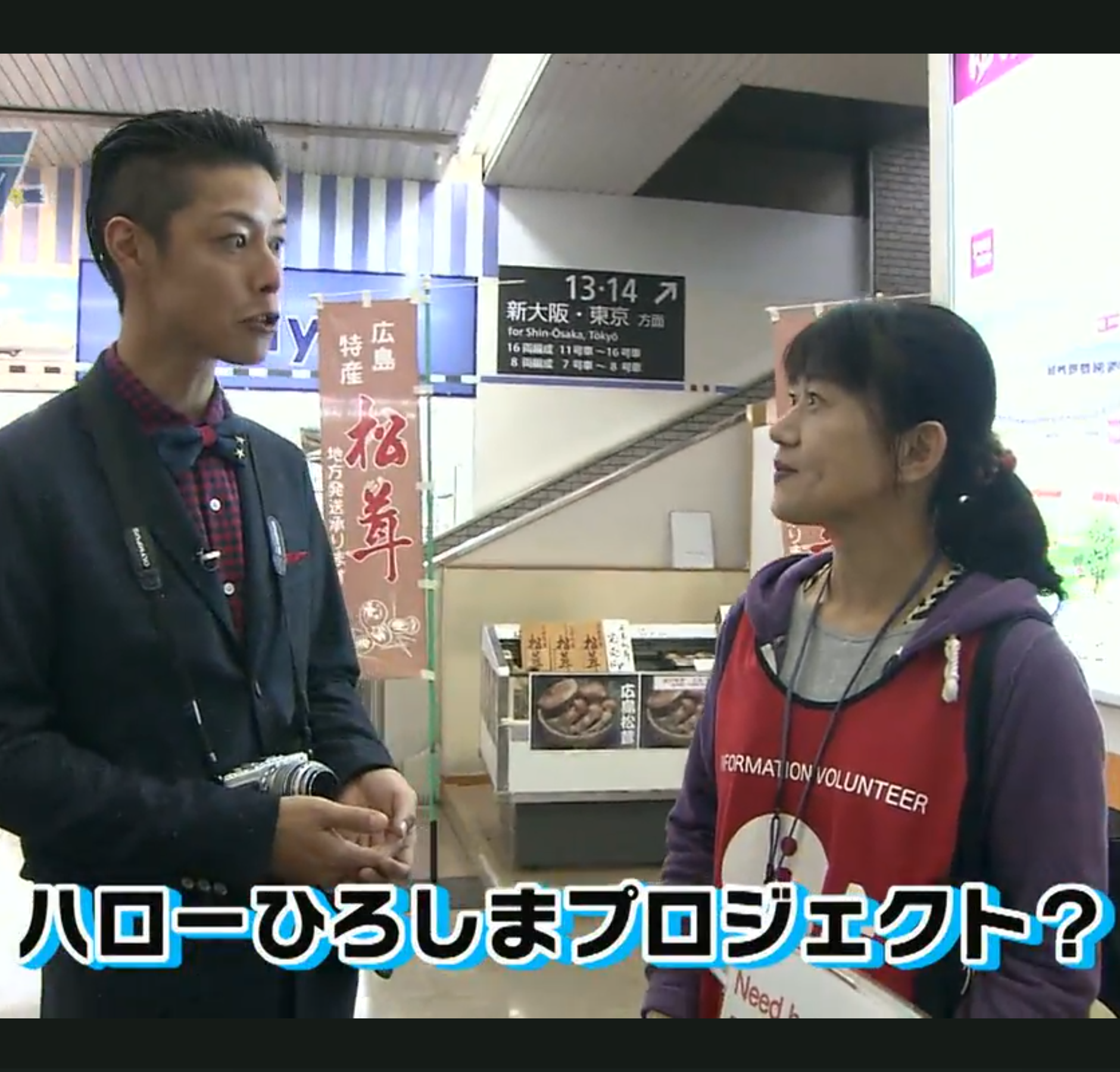


The story is set in the city of Hiroshima, a city of 320,000 Japanese people. The path to rebuilding and peace must begin, and so the Americans and the Japanese work together to choose twenty-five Japanese citizens who will be flown to the United States for surgery and rehabilitation. Finally, 6 days after Nagasaki, the Japanese surrender and the war is over. Seventy thousand more Japanese people die instantly. So three days later, the Americans drop another bomb on Nagasaki. The temperature reaches several million degrees Celsius.” Even after the worst devastation ever known to mankind, the Japanese refuse to give up. The bomb explodes 580 meters off the ground. Up to 125,000 people will die on that first day or die soon. “Out of 76,327 buildings, over 50,ooo are destroyed.

Broken glass swirls like angry insects.” And then the story of the aftermath is told in numbers. When the bomb drops, “There is a blinding light like a sun. As the bomb is dropped, there is a technical yet succinct explanation of the uranium chain reaction that creates the bomb. Riko, Sachi and the Japanese people haven’t a clue what the Enola Gay has in store for them on the morning of August 6, 1945, but we do. This makes Hiroshima especially chilling. She believed that if she folded one thousand oragami paper cranes, that she would survive the sickness, but she did not. Her life and the paper cranes have become a universal symbol of peace since her death.Īs is the nature of historical fiction, we as the reader, know where the story is going and how it is going to end. We learn of the Hiroshima Maidens, twenty five severely injured Japanese women who were invited to America to be surgically reconstructed and rehabilitated, as part of the peace effort after the war. Finally we are introduced to Sadako, a real life girl who survived the attack, but became sick with radiation. He named the plane after his mother, Enola Gay. But we are also allowed brief glimpses at other real life characters such as Colonel Tibbets, who flew the plane carrying the atomic bomb. However, we watch the real life events unfold around these fictitious girls. They are fictional, composite characters, symbolizing the many children who suffered and perished that day. Sachi works for the labor service corps, doing outdoor work with her school classmates to help defend Japan against American attacks. Riko works in Army headquarters, filling in for soldiers who are now fighting the Americans. Even Germany has surrendered, but Japan refuses to give up the fight against the Allied forces. Both girls should be in school, but it is 1945 and World War II drags on toward it’s bloody end. Sixteen year old Riko and twelve year old Sachi. The main characters are two Japanese sisters.


 0 kommentar(er)
0 kommentar(er)
